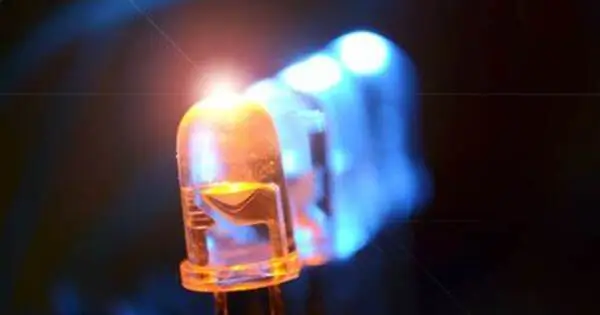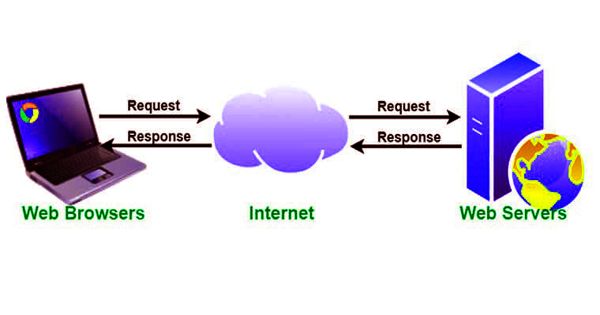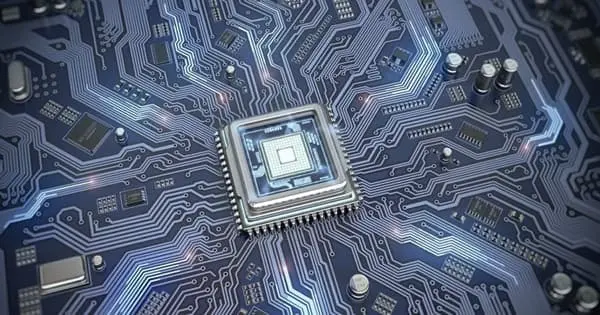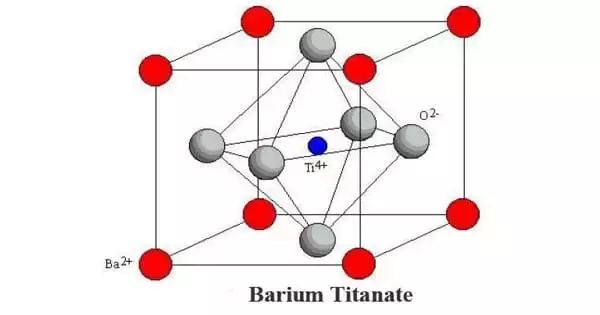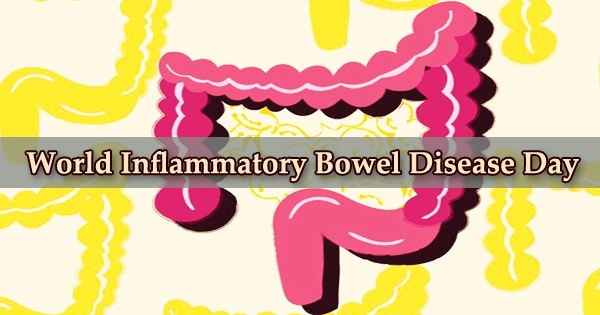Solid-state lighting (SSL) is a type of lighting that uses semiconductor light-emitting diodes (LEDs), organic light-emitting diodes (OLEDs), or polymer light-emitting diodes (PLEDs) as light sources instead of electrical filaments, plasma (used in arc lamps such as fluorescent lamps), or gas. It is a sort of lighting technology that produces light by using semiconductor devices, mainly light-emitting diodes (LEDs).
SSL employs solid-state electroluminescence rather than incandescent bulbs (which use heat radiation) or fluorescent tubes. Unlike traditional lighting technologies such as incandescent bulbs or fluorescent lamps, which produce light by heating a filament or gas, SSL produces light by moving electrons within a semiconductor material. SSL produces visible light with less heat generation and energy dissipation than incandescent lighting.
Advantages of SSL:
- Energy Efficiency: SSL is known for its energy efficiency, which can result in significant energy savings compared to traditional lighting.
- Longevity: LEDs have a longer operational life, often lasting tens of thousands of hours, reducing the need for frequent replacement.
- Durability: SSL is more robust and less prone to damage from vibrations and shocks than traditional lighting sources.
- Instant On: LEDs provide instant illumination when powered on, unlike some fluorescent lights that require warm-up time.
Applications: SSL is used in a wide range of applications, including:
- General Lighting: LED bulbs are commonly used for residential, commercial, and industrial lighting.
- Automotive Lighting: LEDs are used in headlights, taillights, and interior lighting in vehicles.
- Backlighting: LEDs are used for displays in devices like smartphones, TVs, and computer monitors.
- Street Lighting: Many cities are transitioning to LED streetlights for their energy efficiency and longer lifespan.
- Decorative Lighting: LEDs enable creative and customizable lighting designs for various decorative purposes.
- Color Temperature: LEDs can be manufactured to produce a wide range of color temperatures, from warm (resembling incandescent light) to cool (resembling daylight), making them suitable for various lighting scenarios.
- Color Rendering: SSL can provide high-quality color rendering, making it suitable for applications where color accuracy is essential, such as art galleries and retail stores.
Environmental Benefits
SSL technology is environmentally friendly since it minimizes energy usage, greenhouse gas emissions, and the use of toxic elements such as mercury (common in fluorescent lights). While SSL has numerous benefits, it also has drawbacks, such as high starting costs, potential color consistency concerns, and heat management for high-power LEDs.
Solid-state lighting has advanced significantly over the years, resulting in increased acceptance in a variety of sectors and applications. It remains an important technology in the pursuit of energy-efficient and sustainable lighting solutions.
